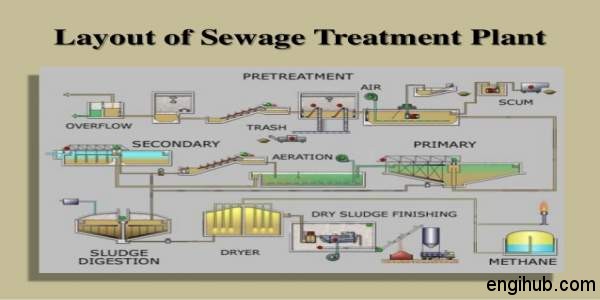

Low level visibility with a lockable child-proof pedestrian duty cover - safe for children and pets.No mechanical or electrical components within the underground treatment zone - low running and maintenance costs.Under normal conditions, treated water of 20mg/l BOD, 30mg/l S.S., 20mg/l Ammonia are discharged from the Clearwater system.Ĭlearwater domestic sewage treatment systems are available in a range of sizes – from a 2 bedroomed house up to a population of 18. Within the final settlement zone fine solids settle to the floor leaving the resulting liquids to discharge from the system. The biological filter is designed to promote the growth of aerobic micro-organisms which ‘treat’ the liquids. Within the primary zone coarse solids are filtered and retained for gradual breakdown, whilst the resulting liquid is continuously distributed over a plastic biological suspended filter by an integral airlift, powered by a remote air blower. Within the Clearwater system there are three treatment zones. The Clearwater sewage treatment plant is a ‘single tank’ system using a Biological Filter Process. These include Biological Filters, Submerged Aerated Filters, Activated Sludge and RBC (Rotating Biological Contractor). There are a number of manufacturers of domestic sewage treatment plants in the UK with varying types of treatment processes to develop the required environment for the micro-organisms to strive. The majority of domestic sewage treatment plants are also installed below ground having minimal impact on surroundings. The majority of domestic sewage treatment plants are manufactured from GRP or Polypropylene, and typically are in the form of a ‘single tank’ system. This together with more stringent regulations has resulted in sewage treatment plants being the preferred option over septic tanks systems for the disposal of waste water for rural locations. Over the last ten years there have been substantial advances in the design and manufacture of domestic sewage treatment plants. This treatment principle for waste water is the same as the principle used at main sewage treatment works for towns and cities, but on a reduced scale.ĭomestic sewage treatment plants have been available throughout the UK since the early 1980’s and are typically referred to as “packaged sewage treatment plants”. There are various types of domestic sewage treatment plants available in the UK, but these all work on the same principle of developing Aerobic Micro-organisms which reduce the polluting load in the effluent, followed by settlement to remove any fine solids from the treated effluent. Some sewage treatment plants provide a higher level of treatment for areas such as a SSSI (Site of Special Scientific Interest) or RAMSAR Site. In most instances this level of treatment will enable the effluent to be discharged to a ditch, stream or river after approval from the Environment Agency is sought for England and Wales, or SEPA in Scotland. Acting as an independent waste water treatment system, domestic sewage treatment plants are designed to receive all of the waste water from residential dwellings and promote the growth of Aerobic Micro-organisms which degrade the receiving waste water producing a treated effluent suitable for discharge to a natural watercourse.ĭomestic sewage treatment plants will typically reduce the polluting load in the waste water by more than 95 percent, producing a clear and odourless effluent. Domestic sewage treatment plants are used in areas of the UK where mains drainage is inaccessible and provide a modern alternative to septic tank systems.


 0 kommentar(er)
0 kommentar(er)
